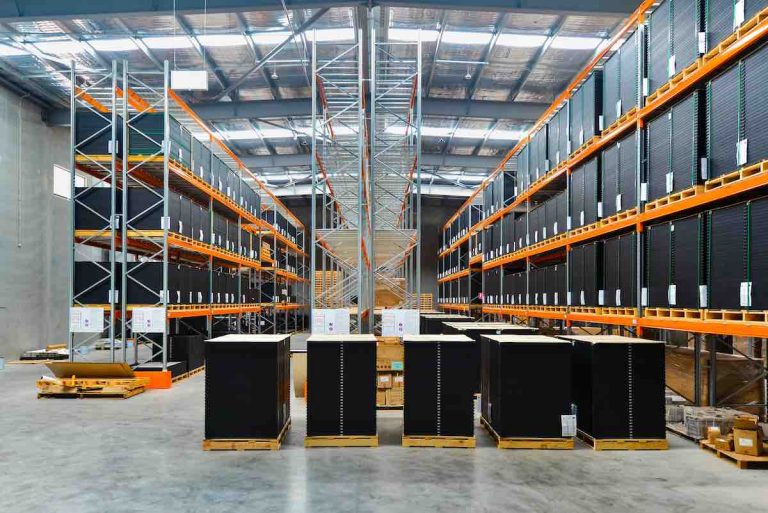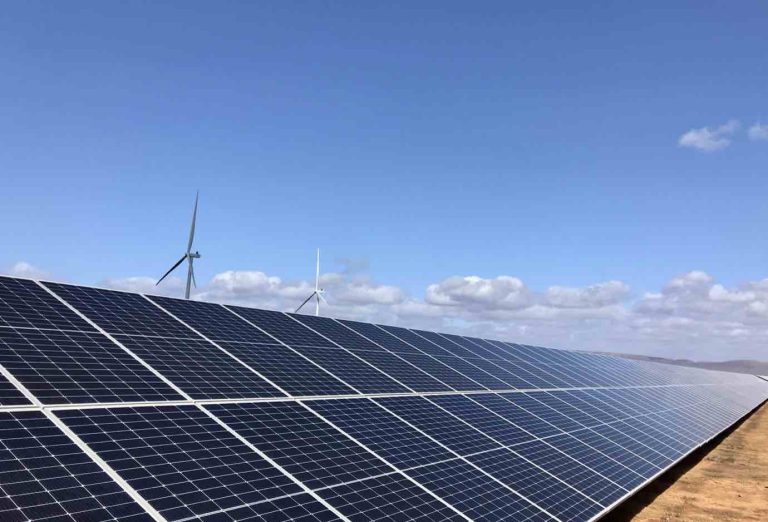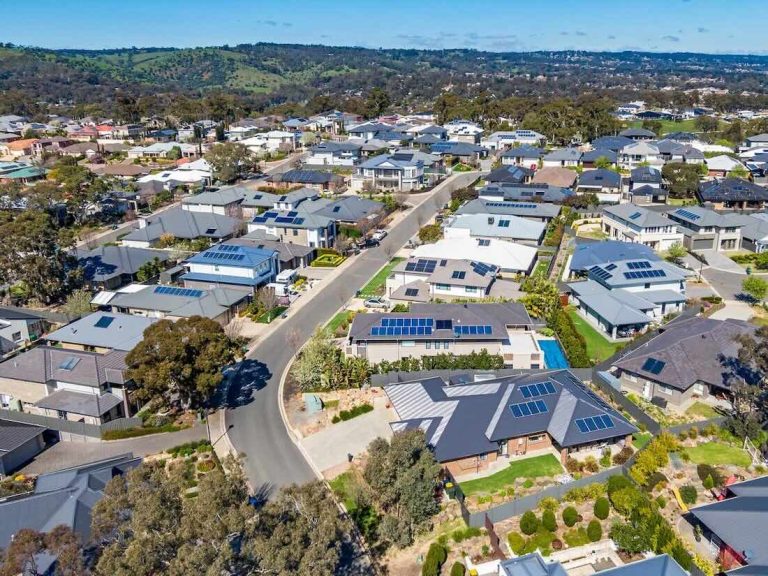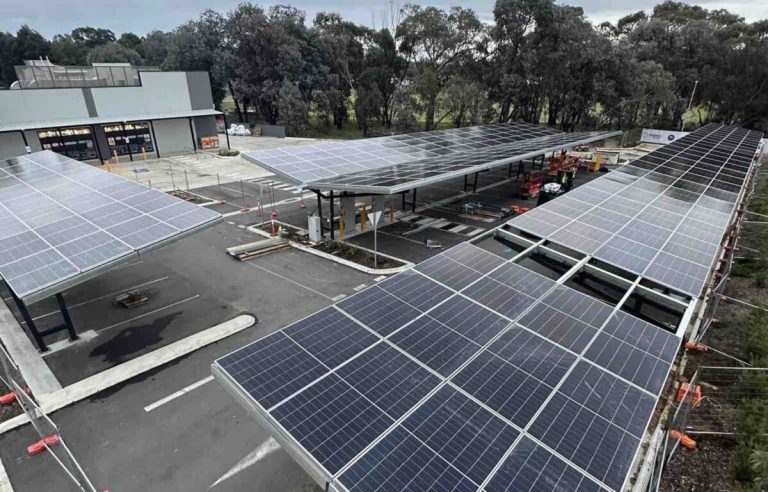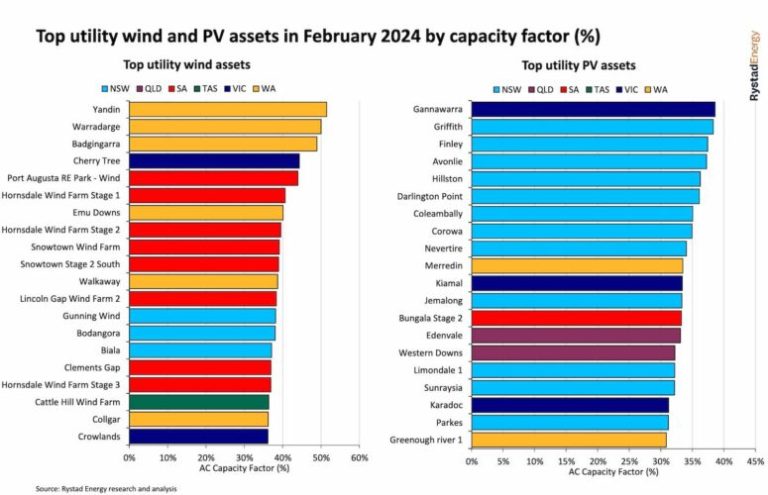Equitable Access to Grid Infrastructure for Solar, Batteries, and EVs: Empowering Households
The final handover report from the former Energy Security Board, recently released by the federal government, emphasises the need for energy distribution companies to seamlessly incorporate household solar power into the grid. However, the report falls short of recommending the essential governance and competition reset that is urgently required.
Looking back at the history of electricity grids in Australia, the initial grids were local ‘municipals’, either privately owned or under the jurisdiction of city councils. These grids expanded over time, leading to collisions and eventual consolidation.
The Evolution of the Electricity Grid
Due to the practical limitation of having only one set of wires per household, the electricity grid inherently became a natural monopoly. Consequently, these grids transitioned into state-owned regulated assets.
In the 1980s and 1990s, a wave of privatisation swept through, driven by the pursuit of efficiency. However, this move did not resolve the natural monopoly issue; instead, it transferred control to private entities.
To prevent price exploitation, a fixed rate of return was imposed on the ‘asset base’ – the poles and wires. This rate, often around 10%, surpasses typical investment returns, creating a lucrative scenario for private companies.
The Era of Market Reforms
Further reforms in the 1990s segmented the electricity market into four key players: generators, transmission, distribution, and retailers. The establishment of AEMO, a market body jointly owned by the government and industry players, aimed to enhance competition.
Despite these changes, the cost of electricity in Australia surged post the market reforms and privatisation. While consumers have the option to switch between retailers, the lack of substantial choice and the obligation to pay fixed returns to foreign-owned companies remain concerning.
The emergence of climate change underscores the necessity for household electrification and large-scale renewables. Rooftop solar, with its affordability, has become a game-changer, offering electricity at a fraction of the grid price.
Rewiring the Energy Market
Rewiring Australia advocates for significant market reforms to empower households and incentivise the adoption of distributed energy systems. The current regulatory bodies, designed to cater to traditional energy models, lack consumer representation and hinder progress towards a sustainable energy future.
Central to this transformation is recognising Australian households and vehicles as vital energy infrastructure. By aligning market rules with consumer interests and promoting decentralised energy generation, the system can enhance reliability, resilience, and reduce overall energy costs.
Proposed reforms include facilitating the trading of excess solar energy at fair rates, encouraging large-scale rooftop installations, and fostering community solar projects. Such initiatives aim to drive down costs and promote widespread adoption of renewable energy sources.
Redefining the National Electricity Market
Rewiring Australia calls for a governance and competition review of the National Electricity Market to ensure a cost-effective energy transition. By placing consumers at the forefront of regulatory bodies and implementing household-centric market rules, the transition to zero-emission households can be accelerated.
Moreover, a government-led Household Infrastructure financing package is proposed to support households in electrification efforts, addressing equity and credit accessibility issues. Enabling energy trading among households and promoting local energy production can level the playing field and reduce the reliance on costly transmission infrastructure.
In conclusion, a paradigm shift towards household electrification, renewable energy integration, and electric vehicles is essential for driving down energy costs, combating climate change, and improving public health. Rewiring Australia advocates for a holistic redesign of the energy market, centred around consumer empowerment and sustainable energy practices.

